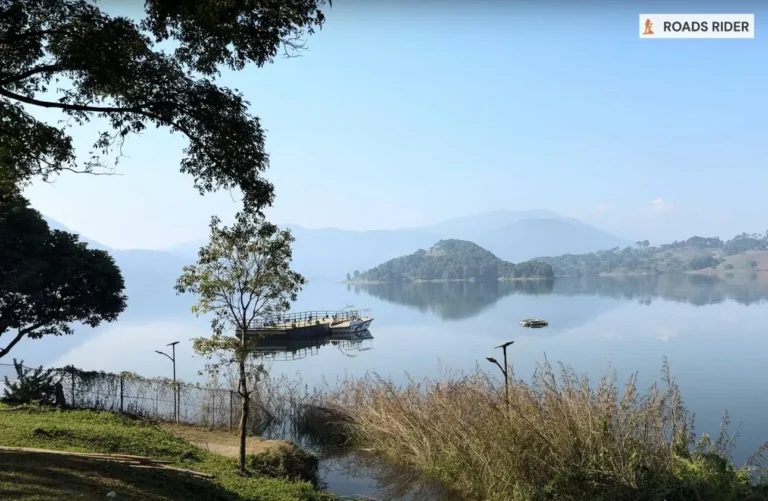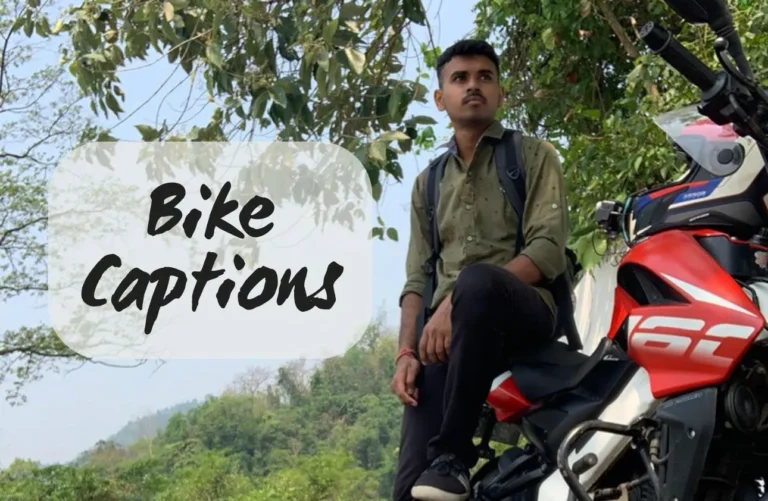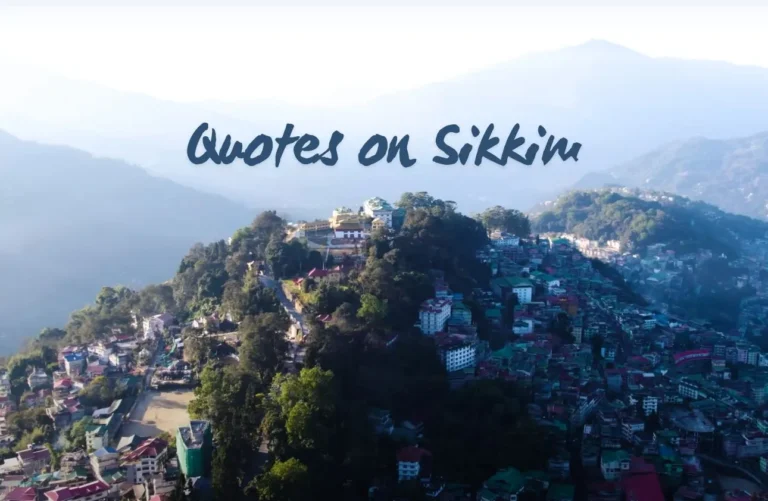A Complete Travel Guide to Mawlynnong – Cleanest Village in Asia

Hidden deep within the East Khasi Hills of Meghalaya, where clouds whisper to ancient forests and roads wind through misty ridges, lies a village that has taken the world by surprise — Mawlynnong. Often referred to as “God’s Own Garden,” this tiny settlement of around 600 people has earned the remarkable title of the Cleanest Village in Asia.
But Mawlynnong is much more than just a clean village. It is a place where sustainability is a way of life, where flower-lined lanes replace concrete chaos, and where the entire community works together to create a model for the world. In this blog, we explore Mawlynnong in all its glory — from things to do and history to travel tips and nearby destinations.
How to Pronounce Mawlynnong?
Many travellers stumble on the pronunciation. It’s pronounced as “Maw-lin-nong”, where:
- Maw rhymes with law
- Lynn sounds like lin (as in linen)
- Ong sounds like song without the ‘s’
Locals will appreciate your effort if you pronounce it correctly, and it helps you sound like a more respectful traveller.
Mawlynnong Village: What Makes It the Cleanest in Asia?
In 2003, Discover India magazine declared Mawlynnong the Cleanest Village in Asia, and it wasn’t just a token award. Here, every resident plays a part — from children to elders. Bamboo dustbins are placed outside every house. Littering is taboo. Roads are swept clean by villagers each morning. Even wastewater is channelled to irrigation pits.
What’s even more impressive? No external organisation enforces cleanliness here. It’s self-regulated. Sustainability isn’t a trend — it’s tradition.
A Peek Into Mawlynnong’s History
Though it gained popularity only in the 2000s, Mawlynnong’s practices go back generations. The Khasi tribe, known for their matrilineal society and deep respect for nature, have always lived in harmony with their environment.
Christianity also plays a role in the village’s ethos — many locals follow Christian values, and a century-old church built during the British era still stands in the village.
Before tourism, agriculture was the primary livelihood. Now, many families run homestays or guide tours while still tending to their land and gardens.
Things to Do in Mawlynnong
Though small, the village and its surroundings offer rich experiences that allow you to slow down and reconnect with nature and community.
1. Walk Through the Village
Take a stroll and soak in the beauty of handmade bamboo houses, vibrant flower gardens, clean cobbled lanes, and shy smiles from locals. You’ll instantly feel the peaceful rhythm of village life.
2. Visit the Living Root Bridge at Riwai
Just a few minutes’ walk from the village is Riwai, where you’ll find a centuries-old living root bridge — made by guiding rubber tree roots over years. It’s a natural marvel and an incredible example of Khasi bioengineering.
3. Climb the Sky View Point
Built from bamboo and wood, this elevated platform offers panoramic views of Bangladesh. On a clear day, you can see miles into the neighbouring country.
4. Explore Riwai Village
Riwai, adjacent to Mawlynnong, is equally charming and less crowded. Its waterfalls, forest paths, and root bridge make it a peaceful retreat for photographers and nature lovers.
5. Engage with Local Culture
Talk to your homestay hosts, visit the local church, learn about the matrilineal Khasi tradition, and watch how this community lives simply yet meaningfully.
Homestay Experience in Mawlynnong
Forget luxury resorts — in Mawlynnong, you stay with locals in their homes. Mawlynnong homestays are simple, clean, and full of warmth. Expect:
- Traditional Khasi meals (like rice, chicken curry, and bamboo shoot dishes)
- Cosy bamboo huts or wooden rooms
- Prices ranging from ₹800–₹2000 per night
- Local guidance and stories shared around the evening fire
Staying here allows you to disconnect from screens and reconnect with life.
Mawlynnong Distance and How to Get There
✈️ Nearest Airport: Shillong Airport (Umroi) – 90 km
- 🚐 From Shillong:
- Distance: 78–80 km
- Travel Time: 2.5 to 3 hours
- By Taxi: ₹2500–₹3500 for a private vehicle
- By Shared Cab: ₹500–₹800 per seat (less frequent)
- 🛶 From Dawki:
- Distance: 35 km
- Travel Time: Around 1.5 hours
- Combine both in a day tour from Shillong
Tip: Start early and cover Mawlynnong + Dawki in one scenic day trip, or stay overnight to enjoy sunrise and quiet evenings.
Mawlynnong Tourist Spots
Here’s a summary of the must-visit attractions in and around the village:
| Tourist Spot | What to Expect |
|---|---|
| Mawlynnong Village | Clean streets, flowers, bamboo homes |
| Living Root Bridge | Bioengineered natural bridge in Riwai |
| Sky View Point | A bamboo tower with views of Bangladesh |
| Local Church | Historical building reflecting Khasi Christianity |
| Village Walk | Peaceful exploration of rural Khasi life |
Nearby Destinations You Shouldn’t Miss
| Place | Best Known For |
|---|---|
| Shillong | Umiam Lake, lively cafes, Elephant Falls, urban hill life |
| Cherrapunji | Rainy weather, waterfalls, and double-decker root bridges |
| Dawki | Umngot River, boating on crystal-clear water |
Plan a Shillong – Mawlynnong – Dawki – Cherrapunji circuit to make the most of your Meghalaya trip.
Final Thoughts
In a world struggling with pollution and over-tourism, Mawlynnong stands out as a beacon of hope, showing us that when a community decides to live in harmony with nature, incredible things happen.
You won’t find noisy crowds or glitzy resorts here. What you will find is peace, simplicity, and a cleaner way of living.
If you’re travelling to Meghalaya, make sure Mawlynnong is on your itinerary. Not just to see the cleanest village, but to feel what it’s like to live in one.






